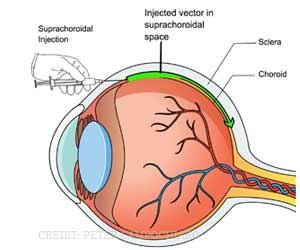Low-dose Anti-malarial Drug use Linked to Decreased Risk for Eye Disease

In individuals who received anti-malarial medication hydroxychloroquine for five or more years with retinopathy screening, the overall risk for incident retinopathy was low, with most documented cases being mild. The findings are published in Annals of Internal Medicine.
Hydroxychloroquine is recommended for patients with systemic lupus erythematosus and some other inflammatory conditions, but vision-threatening retinopathy is a serious long-term adverse effect. Guidelines recommend keeping dosing at 5 mg/kg of body weight per day or lower. However, available study evidence supporting this is relatively weak.
Hydroxychloroquine Dose and Risk for Incident Retinopathy
Researchers from Kaiser Permanente Northern California and Harvard Medical School, US, studied 3,325 persons who received hydroxychloroquine for 5 or more years between 2004 and 2020 to characterize the long-term risk for incident hydroxychloroquine retinopathy and examine the degree to which average hydroxychloroquine dose within the first 5 years of treatment predicts this risk.
The researchers used pharmacy and health records to analyze hydroxychloroquine dosing and reviewed annual optical scans over time to determine if there was evidence of retinopathy. If retinopathy cases were identified, they were classified as mild, moderate, or severe. The researchers then estimated the risk for developing retinopathy after 15 years according to average dosing levels during the first 5 years.
The researchers note that regular screening can identify this issue at an early and treatable stage.
Source: Eurekalert
Source link
#Lowdose #Antimalarial #Drug #Linked #Decreased #Risk #Eye #Disease



